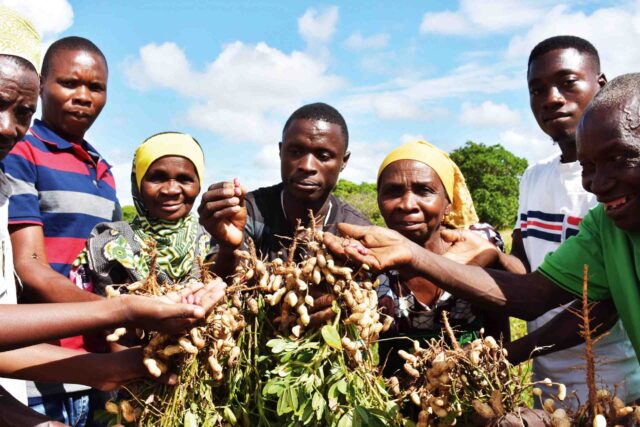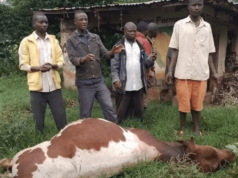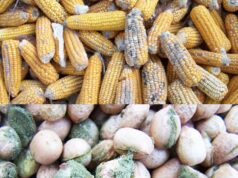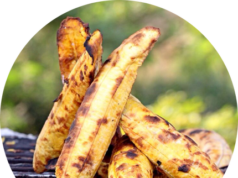By Pauline Akello
Most foods consumed by human beings across the globe are plant-based. The plants grown for food are called food crops.
These are highly dependent on water availability, soil, and climatic conditions.
However, due to abiotic and biotic conditions such as drought, pests and diseases, among others, the crops sometimes do not produce sufficient yields. This leads to shortage of food.
As world population increases, food production must also increase in order to avoid food crises. Dr Ivan Arinaitwe Kabiita, a research scientist, says it is necessary to improve productivity.
Through his work at the National banana research programme of the National Agricultural Research Organisation (NARO), Dr Arinaitwe says there is clear evidence that by breeding, they are able to improve the quality and productivity of various food crop varieties.
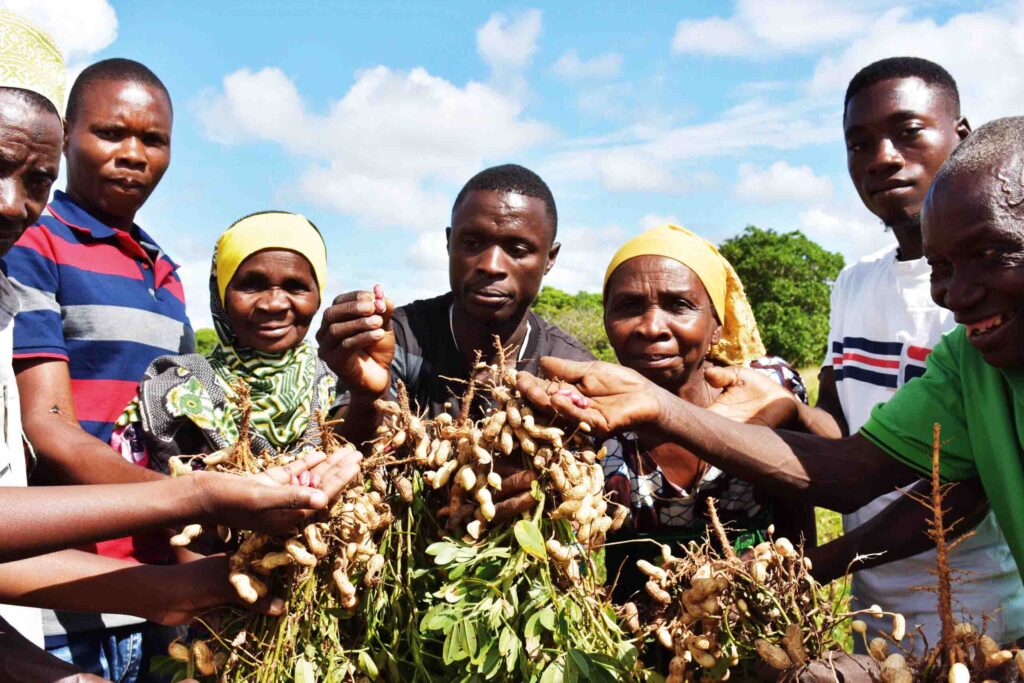
Understanding breeding
Crop breeding is the process of selecting and mating plants with desirable traits to produce offsprings with same or superior traits.
This can be done both within a single variety and across different varieties or species.
It entails the process of developing new plant varieties that possess specific traits such as improved yield, disease resistance, drought tolerance, or other desirable characteristics.
Breeding can also be used to improve the genetic makeup of livestock, pets and other domesticated animals.
In this case, animals with desirable traits such as increased meat or milk production, or certain physical characteristics, are selectively bred to produce offspring with those same traits.
In agriculture, breeding is used to develop new varieties of crops that are more productive, disease-resistant, and better adapted to specific growth conditions.
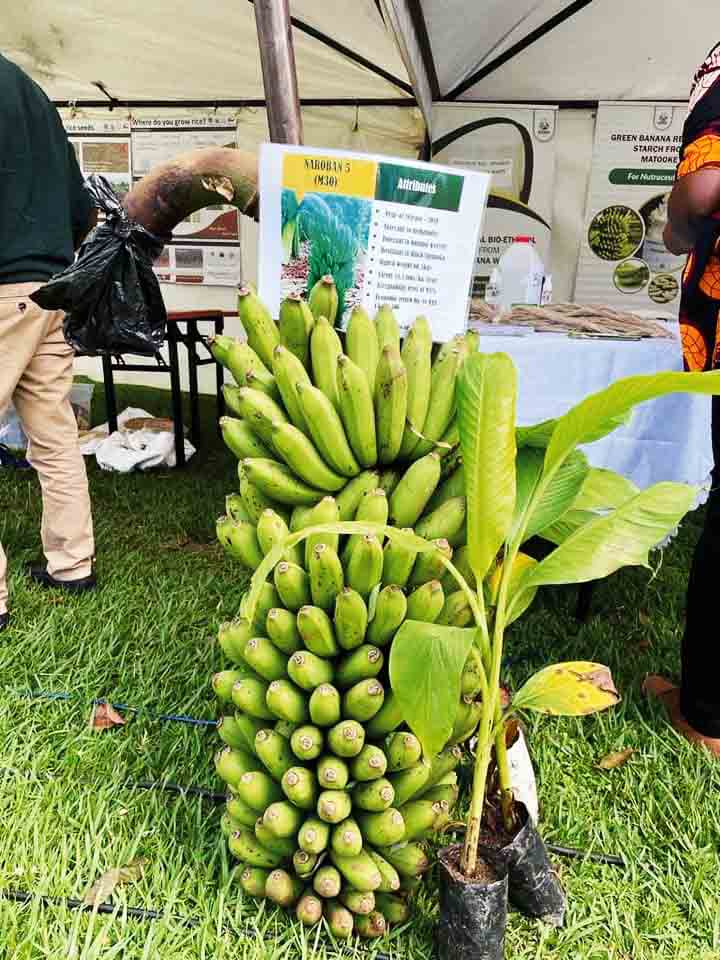
Styles of plant breeding
Conventional breeding involves selecting and crossing plants with desirable traits, then selecting offspring with the desired combination of traits.
Hybrid breeding the prevalent style in Uganda involves crossing two parent plants with different traits to produce a hybrid offspring that exhibits desirable characteristics.
Breeding and hybridization are related, but not the same concepts.
Mutation breeding is another type that involves exposing plants to radiation or chemicals to induce mutations, then selecting plants with desirable traits that arise as a result of the mutations.
Marker-assisted breeding involves using molecular markers to identify genes associated with desirable traits, then selecting plants with those markers to breed for the desired traits.
Genetic engineering encompasses directly manipulating the genetic material of plants to introduce or remove specific genes that affect traits of interest.
There is participatory plant breeding where farmers, local communities, and other stakeholders collaborate to identify and select plants with desirable traits for breeding.
In addition to the above is reverse breeding which can be useful for identifying the genetic basis of specific traits.
It involves producing offspring that are the genetic inverse of a specific parent plant.
These different types of plant breeding can be used in combination to create plants with desired traits that are adapted to specific environmental conditions.
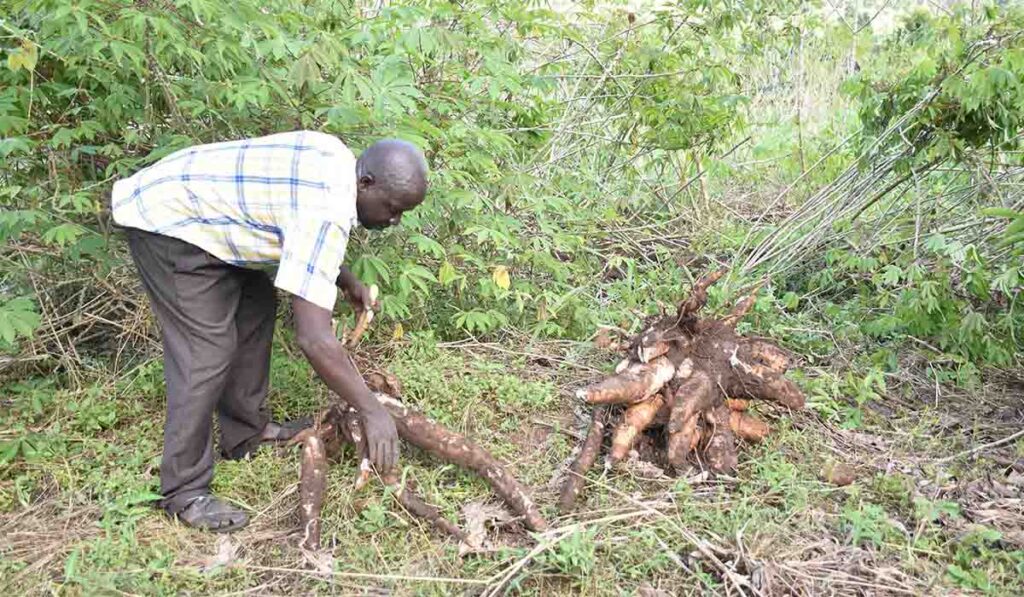
The process
We know that plants have different species and different varieties on different parts of the planet.
Each variety has different sets of traits that vary from others.
This is known as genetic variation. These variants entail traits such as disease or drought resistance, among others.
All these desirable characteristics create a new variety with better characteristics. So, it would be better if one knows all the natural varieties of the plant available.
Geneticists and molecular biologists like Dr Kabiita, collect and study all the plants on the planet.
Their efforts make it easier to select the best-required traits for new plants. The theory people have is that breeding can lead to the loss of genetic diversity.
However, Dr Kabiita says NARO collects all the diverse naturally available plants and seeds from different geographic locations and makes a library called a germplasm collection centre and gene banks.
This forms a resource from which new varieties are created.
He also stresses that, through breeding, scientists can broaden the genetic diversity of crop species by creating newer crops called hybrids.
Specialists can now easily manipulate different combinations of plant cells to create a superior plant. The evaluation and selection of parent crops is based on easily distinguishable characters.
When the parent crop is selected, plant samples are grown in controlled environmental conditions.
The plants must have noticeably adapted to the place they are grown to ensure all the traits are completely expressed.
Plants are then tested under various stressful conditions; all the responses are recorded.
Scientists can easily select plants for breeding. Selected plants can be inbred or self-pollinated to obtain pure copies of the homozygous parents.
Hybridization helps to produce hybrid progeny. This helps to bring desired traits from different plant lines into one plant line.
Dr Kabiita says: “For example, if we cross a low yielding, high disease resistant bean plant with a high yielding, disease susceptible bean plant, the hybrid obtained can have superior characteristics of both parents.”
The production of hybrids by cross-pollinating two separate plants under controlled conditions follows the selection of parents with desired characters.
Multiplication is the next step where improved seeds or approved cultivars are produced by growing them in suitable conditions where a large quantity of seeds is obtained.
The seeds are then tested for quality and certified by the national body that certifies seeds. The tested seeds can be distributed to farmers.
















